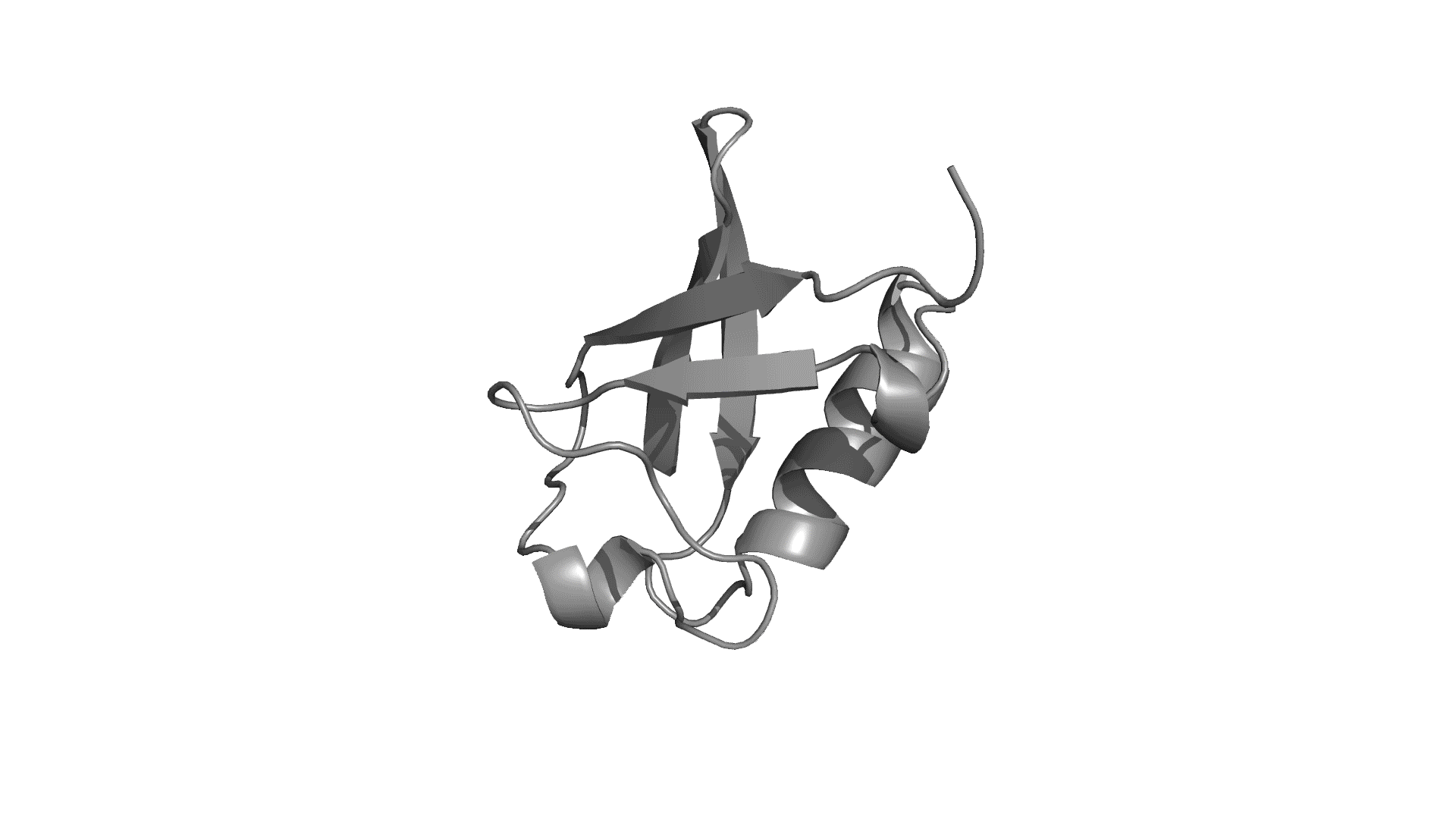
pPerturb
Extracting Energetic Couplings and Destabilization Thermodynamics via Perturbations
pPerturb provides a rapid and experimentally consistent measure of the extent to which a particular residue is coupled to its neighbors till a distance of nearly 12-15 Å, considering both the first- and second-shell of interactions. The server can be used as a first step to explore the strength of the interaction network around a particular residue. A functional form of the percolation within the interaction network will also be provided to the user.
Physically, pPerturb quantifies the partitioning of destabilization energetics around the mutation neighborhood and presents a simple theoretical framework for modelling the allosteric effects of point mutations and thus the effects on the thermodynamic outcomes (mainly loss in stability).
The effect of perturbation is introduced using empirical relations derived from large-scale analysis of mutations involving hydrophobic truncations. The resulting residue specific indices, coupling distant constant dC and the magnitude of perturbation at a particular site (ΔQ), help in identifying residues that are likely to be important for signal transmission within proteins and hence that can act as potential allosteric hot-spots.
Retrieve Job
The results from the queued/completed jobs are being temporarily stored by the server and can be retrieved within three days from the date of job completion. The job results will not be available through the link(s) / job-ID provided to you after this time span.
Citing pPerturb
1. Soundhararajan Gopi, Devanshu Devanshu, Nandakumar Rajasekaran, Sathvik Anantakrishnan and Athi N. Naganathan (2020). pPerturb: A Server for Predicting Long-Distance Energetic Couplings and Mutation-Induced Stability Changes in Proteins via Perturbations. ACS Omega, 5, 1142-1146. ![]()
2. Nandakumar Rajasekaran, Swaathiratna Suresh, Soundhararajan Gopi, Karthik Raman, and Athi N. Naganathan (2017). A General Mechanism for the Propagation of Mutational Effects in Proteins. Biochemistry, 56, 294–305. ![]()
3. Nandakumar Rajasekaran, and Athi N. Naganathan (2017). A Self-Consistent Structural Perturbation Approach for Determining the Magnitude and Extent of Allosteric Coupling in Proteins. Biochem. J., 474, 2379–2388. ![]()
Further Reading
1. Nandakumar Rajasekaran, Ashok Sekhar & Athi N. Naganathan (2017). A Universal Pattern in the Percolation and Dissipation of Protein Structural Perturbations. J. Phys. Chem. Lett., 8, 4779–4784. ![]()
2. Athi N. Naganathan (2019). Modulation of Allosteric Coupling by Mutations: from Protein Dynamics and Packing to Altered Native Ensembles and Function. Current Opinion in Structural Biology., 54, 1-9. ![]()
Also, please cite the literature source associated with the modules you have used.
- PV: Biasini, M. PV-WebGL-based protein viewer. Zenodo, 2014. DOI:10.5281/zenodo.12620.
- PyMOL: The PyMOL Molecular Graphics System, Version 1.6 Schrödinger, LLC.
- STRIDE: Heinig, M., & Frishman, D. STRIDE: a Web server for secondary structure assignment from known atomic coordinates of proteins. Nucl. Acids Res., 2004, 32, W500-2.
- WHAT IF: Rodriguez, R., Chinea, G., Lopez, N., Pons, T., & Vriend, G. Homology modeling, model and software evaluation: three related resources. CABIOS, 1998, 14, 523-528.
2878 PDB files were analyzed using this web-server, since September 13, 2019.
Send your comments and questions to pperturb@wmail.iitm.ac.in
This site works best in Firefox v 12.0 and later, Safari v 5.1.7 and later, Chrome v 20.0 and later.
Protein Biophysics Lab


2019, Maintained by Protein Biophysics Lab, IIT Madras, Chennai-36, India
Last Updated: September 25, 2019